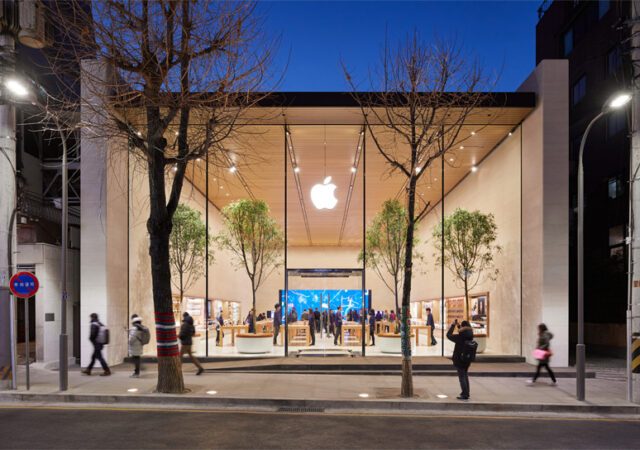M+Global opens its first stockbroking concept store targeted at educating and empowering Malaysians to grow their wealth through investments in stocks.
GX Bank Champions Financial Inclusivity & Literacy This Ramadhan
Uncover how GX Bank is transforming the financial landscape through its Impian GIGih initiative, focused on the Gig economy and the B40 segment.
Curlec by RazorPay Joins PayNet to Advance Real-Time Payments in Malaysia
Curlec has become a PayNet member to make real-time payments easier. Curlec by RazorPay can now facilitate cashless transactions with DuitNow.
Touch ‘n Go eWallet is Now More Than Just Payment with GO+
Touch ‘n Go launches a new financial management service, GO+. The new service embedded within the platform allows users to grow their assets.
More COVID-19 Casualties: Apple’s Q2 Earnings Taking a Punch
The development on the Novel Coronavirus of 2019, now more commonly known as COVID-19, is on every headline for the past month or so. If you have not heard, the Mobile World Congress 2020 (MWC2020) that is supposed to open…
Celcom x Alliance Bank – Value for SMEs
Celcom recently announced their Business Suite for Retail. What is that? The Business Suite is technically their service plan. You can liken them to the Celcom Mobile or Internet plan; the only difference is that the Business Suite, as the…
Gold vs. Bitcoin: Which is Better to Protect Investors from Financial Crises?
*This article is contributed by By Victor Argonov, Analyst, EXANTE* There is still a great debate about which is the best asset to protect investors in difficult times: cryptocurrencies or gold. Cryptocurrencies are often compared to gold. They have a…









